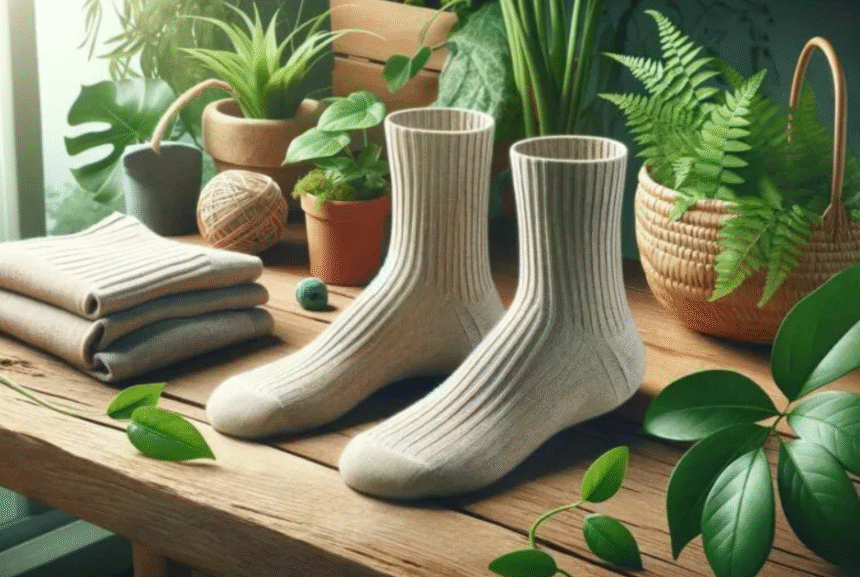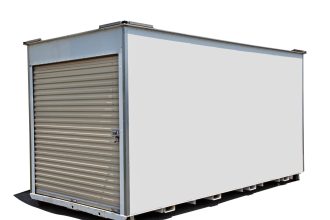Think about how many socks you’ve owned in your life. Now multiply that number by billions. That’s the scale of what the world is dealing with. While often cheap and convenient, mass-produced socks come with a hidden environmental cost. Every pair contributes to pollution, resource loss, and waste. The fast fashion industry has made socks a throwaway item, leading to large amounts of textile waste.
However, brands like The Sock Factory are showing there’s a better way. They focus on sustainable sock manufacturing that doesn’t harm our planet. This blog explores the actual environmental impact of sock production and offers solutions that can change everything.
Understanding the Environmental Impact of Mass-Produced Socks
Mass production in the textile industry, especially socks, is causing severe damage to our environment. Every year, over 20 billion pairs of socks are manufactured globally. Most are made using synthetic materials like polyester, nylon, and acrylic. These materials are not biodegradable and come from fossil fuels. Their production emits greenhouse gases, adding to global warming and polluting air and water systems.
Additionally, the production process of these socks involves heavy use of chemicals, water, and energy. For example, it takes 2,700 liters of water to make a single cotton shirt, whereas socks require less; the number produced makes the overall environmental footprint extremely high. These socks eventually wear out and become old, often tossed away instead of being reused or recycled. This results in huge piles of waste and adds pressure to landfills.
The fast fashion trend encourages people to buy more and discard more. Socks made in bulk are often of poor quality and need replacement in a few months. This excessive production produces more textile waste and harms our natural resources.
How Mass-Produced Socks Affect Air and Water
Let’s look at the air and water pollution caused by sock manufacturing. Factories that produce synthetic socks release toxic fumes during the melting and shaping of plastic fibers. This contributes to air pollution, which poses health risks for workers and nearby communities.
On the water side, dyeing and washing socks pollute water sources. According to the World Bank, the textile industry is responsible for 20% of global water pollution. Chemicals used in colors and finishing end up in rivers and lakes, harming marine life and entering our food chain. Additionally, runoff from cotton farms spreads pesticides into nearby water systems.
The Role of Fast Fashion in the Sock Industry
Fast fashion thrives on making large quantities of low-cost items, and socks are a significant part of it. These clothes are made quickly using cheap labor, and often under unsafe working conditions. The focus is not on quality, but on new styles and high turnover.
As a result, companies produce far more than needed. Unsold socks are burned or buried, creating more waste. Moreover, the constant demand for newer designs means more resources are used without considering their impact. Slow fashion, which promotes thoughtful buying, stands in contrast and supports sustainability over speed.
Benefits of Made in USA Socks and Local Production
Shifting to helps lower the environmental footprint. First, the supply chain is shorter, which means less energy is used in transportation. American made socks are often produced in better conditions, offering workers fair wages and safe working conditions.
Factories that make socks in the USA follow stricter environmental rules, resulting in fewer emissions and reduced waste. Also, custom socks made locally avoid mass production, which cuts down on excess stock. Brands prioritizing sustainability often choose recycled materials or organic cotton, making every step cleaner.
What Can Be Done Differently?
The change starts with choosing sustainable socks. That includes using eco-friendly materials like bamboo, hemp, or organic cotton, which require fewer growing resources. Also, recycling and reusing old socks or turning them into rags can help reduce textile waste.
Sustainable sock manufacturing also means making products that last longer. Stronger socks mean fewer replacements. Smart packaging, less plastic, and better production processes help too. Brands that use recycled materials in both fabric and packaging cut down on overall waste.
The Cost of Ignoring the Environmental Footprint
Not caring about the environmental footprint of socks has long-term consequences. Constant sock production affects natural resources, especially water and energy. Landfills keep filling up with unwanted clothes, and the damage to marine life from microplastics keeps growing.
If manufacturers and consumers continue this way, the waste problem will worsen. However, choosing sustainable approaches, like supporting businesses that make USA made socks, can lead to positive change. A small decision, like buying better socks, can help fix a global issue.
Simple Ways Consumers Can Support Sustainability
- Choose sustainable socks made from organic cotton or recycled materials
- Buy custom socks from local or USA-based brands
- Reuse or recycle old socks instead of throwing them away
- Support slow fashion movements
- Avoid synthetic socks that harm the environment
Mass Production vs Sustainable Sock Manufacturing
| Factor | Mass-Produced Socks | Sustainable Sock Manufacturing |
| Materials | Synthetic (Polyester, Nylon) | Organic Cotton, Bamboo, Recycled |
| Water Usage | High | Low |
| Waste Produced | Large | Minimal |
| Carbon Emissions | High | Controlled |
| Factory Conditions | Poor, in many countries | Safer, with fair wages |
| Lifespan of Socks | Short (Months) | Long (Years) |
| Pollution (Air & Water) | High levels | Much lower |
| Energy Consumption | Requires large amounts | Uses fewer resources |
| Impact on Marine Life | Severe (Microplastics) | Negligible |
| Support for Local Economy | Often ignored | Strong (especially American-made) |
Final Words
The socks we wear every day come with a hidden cost. From water pollution to textile waste, mass production is harming our planet. The solution lies in sustainable practices, local production, and smart choices. Supporting USA-made socks can make a real difference in how we treat the environment.
FAQs
1. How long do synthetic socks stay in landfills before breaking down?
Synthetic socks, made from materials like polyester, can take up to 500 years to fully decompose in landfills, releasing microplastics and toxins into the soil and water systems during that time.
2. Can recycled socks be made from old ones?
Yes. Some sustainable sock manufacturers shred old socks and blend them with new recycled materials to produce fresh fabric, reducing the need for virgin fibers and waste.













